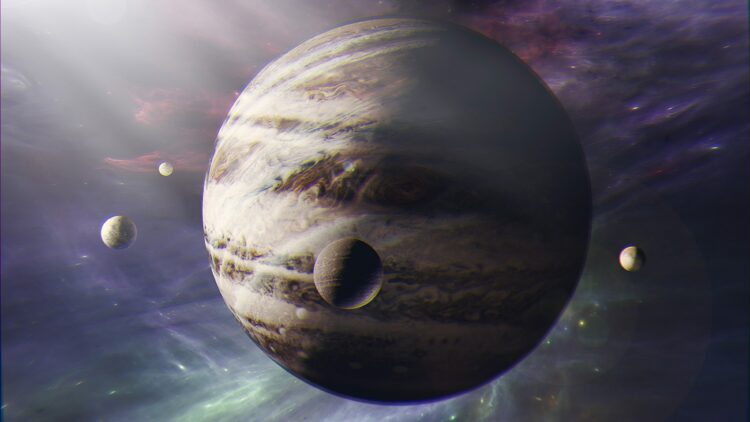NASA’s Europa Clipper mission, launched aboard a SpaceX Falcon Heavy rocket, is in the midst of an extraordinary journey to explore one of Jupiter’s most famous moons. This mission—which took off on October 14, 2024—seeks to investigate Europa, a moon that’s believed to harbor a vast subsurface ocean that could potentially support alien life.
With a projected travel of 1.8 billion miles, the spacecraft is expected to uncover vital information about what lies beneath Europa’s surface when it finally arrives in six years’ time.
Europa Clipper: The launch and its significance
After a brief delay due to Hurricane Milton, the Europa Clipper mission began its voyage from Cape Canaveral, Florida. As the largest interplanetary spacecraft ever built by NASA, Clipper is equipped with nine sophisticated scientific instruments that are designed to study Europa’s icy surface and assess its habitability.
“Clipper is going to be the first in-depth mission that will allow us to characterize habitability on what could be the most common type of inhabited world in our universe,” says Gina DiBraccio, the acting chief of planetary science at NASA.
Europa’s thick ice shell—estimated to be around 16 miles deep—conceals a global ocean containing twice the amount of water found on earth. This unique environment is thought to harbor the essential ingredients for life: liquid water, energy sources, and organic compounds.
This mission’s findings could deepen our understanding of life beyond our planet, suggesting that if life exists on Europa, it might indicate that life is also common throughout the cosmos.
Exploring Europa’s mysteries
The Europa Clipper spacecraft will complete up to 49 flybys of Europa, coming as close as 16 miles to its surface, a record for such missions. It aims to analyze the moon’s ice shell and the ocean beneath, mapping its geology and searching for signs of habitability.
As posited by scientists, there are thermal vents on the ocean’s floor that may provide the energy necessary for microbial life, similar to those found in Earth’s deep oceans.
The craft will also fly through water plumes that may erupt from the moon’s surface, collecting dust particles that could contain organic materials. This mission is not just about detecting life but rather establishing the conditions that could support it.
As Bonnie Buratti, a chief scientist on the mission, emphasized, “There is very strong evidence that the ingredients for life exist on Europa. But we have to go there to find out.”
The role of SpaceX and future endeavors
SpaceX’s involvement in this mission is demonstrative of the successful collaboration between commercial and governmental space agencies.
By maximizing thrust during the launch, SpaceX has allowed Clipper to travel towards its destination efficiently. Through this partnership, we can explore Europa and reshape our understanding of life in the universe.
As scientists prepare for the data that Clipper will gather, the mission also symbolizes a huge shift in space exploration priorities. If life is discovered on Europa, it would prompt a reassessment of our methods to investigate other celestial bodies, including the moons of Saturn, such as Enceladus.
The Europa Clipper mission marks a big step towards finding out if we are truly the only beings in the universe. With its launch, NASA and SpaceX are not just embarking on a journey to a distant moon but are also expanding the horizons of our knowledge about extraterrestrial life. As we await Clipper’s arrival on Europa in April 2030, the prospective discoveries could change our perspective on life in our solar system and beyond, making this mission one of the most anticipated explorations in the annals of space science.

